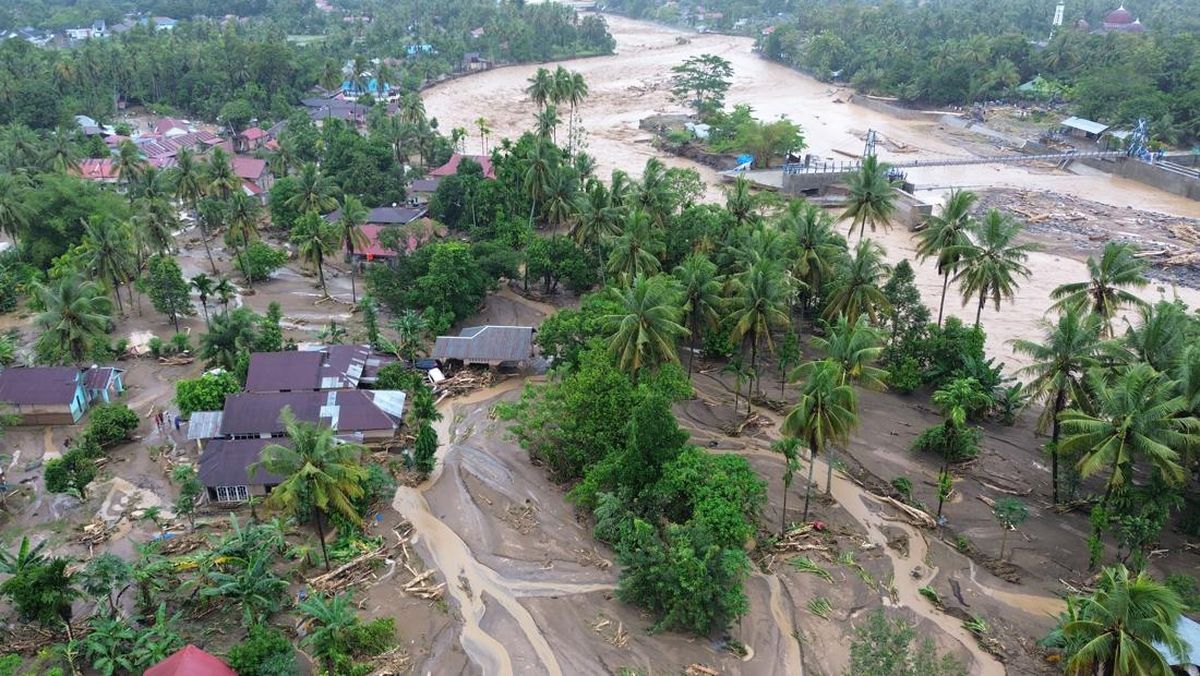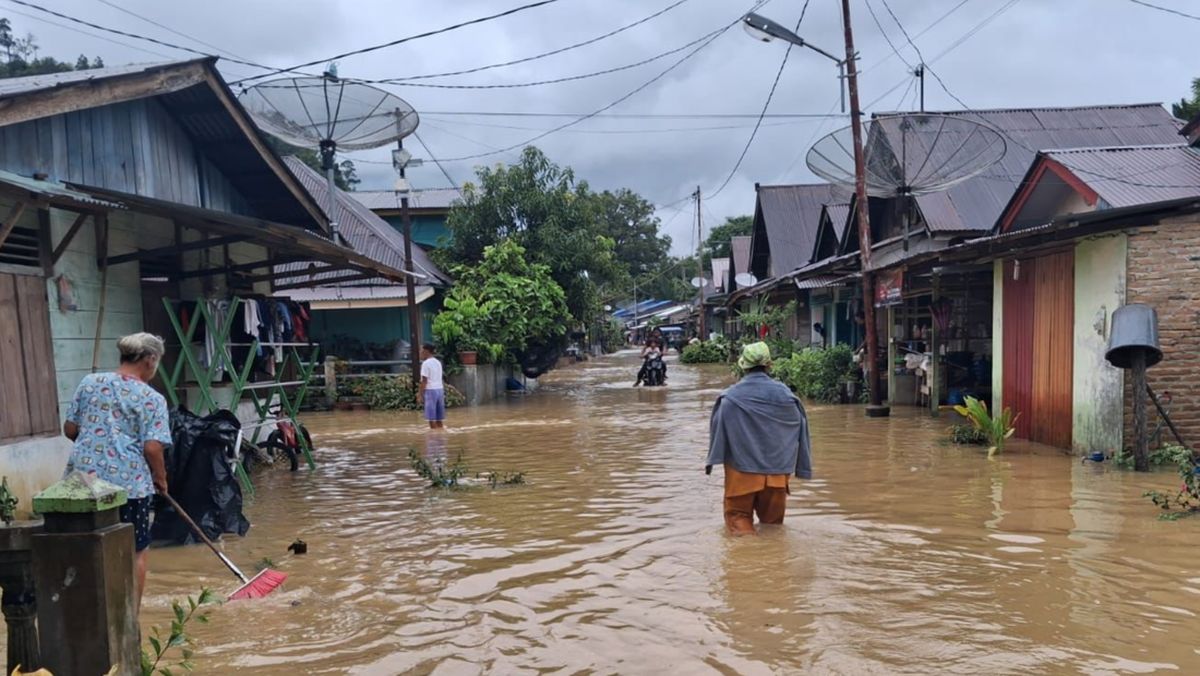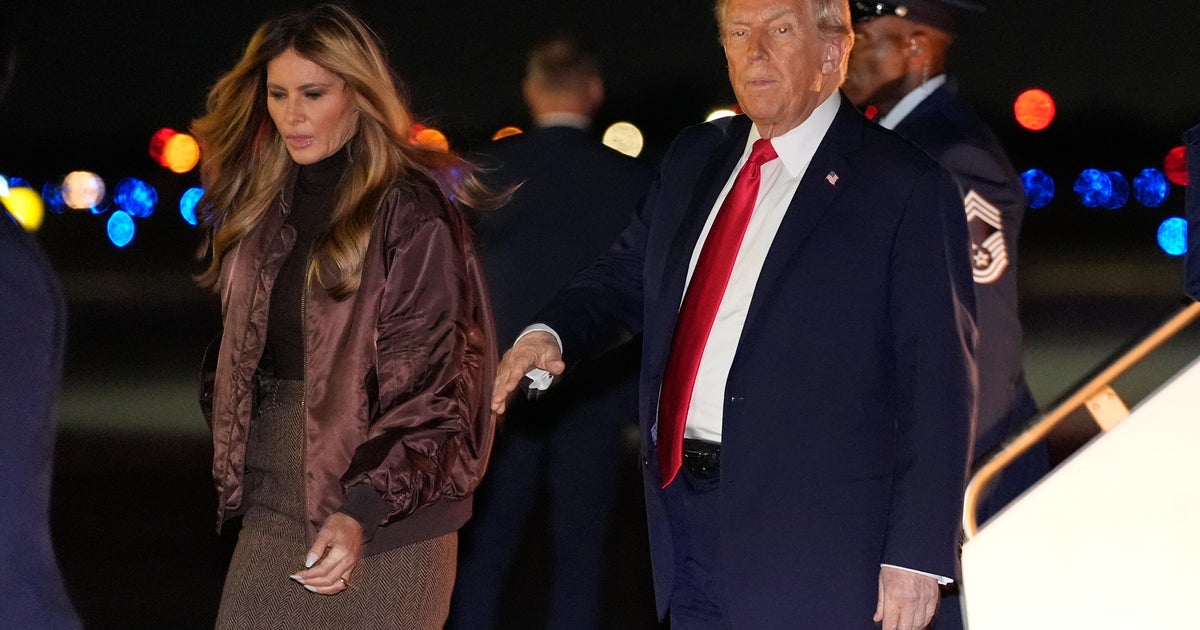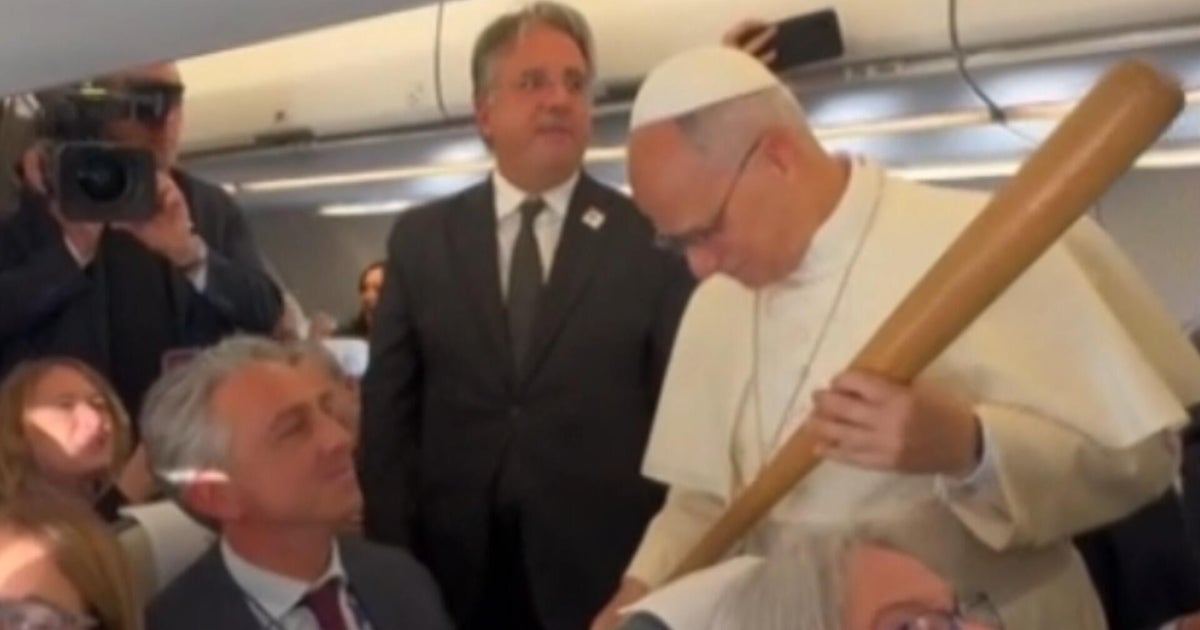When the Metro Tunnel was still just a twinkle in Evan Tattersall’s eye, he sat down with the then Anglican archbishop of Melbourne to assure him that St Paul’s Cathedral was not going to be swallowed by the earth.
As a man of God, Archbishop Philip Freier was haunted by the biblical image of one of Melbourne’s most iconic religious buildings collapsing because of the new underground rail tunnel being built under its foundations.
It was not an irrational concern. When giant holes are created in places like Melbourne they suck moisture out of the ground, and if the water table drops, the earth can settle or shift.
This meant there was a risk, if not handled correctly, that buildings such as St Paul’s, Young & Jackson Hotel and Flinders Street Station could move or crack as workers dug out the cavernous new station that now serves as an underground mirror to the cathedral above.
But Tattersall, who was chief executive of the Metro Tunnel project for nearly eight years, and his team had a plan – one that worked, as evidenced by the fact all these institutions are still standing unharmed today.
He tells The Age that considerable sums were spent on a “recharge system” – a series of wells around the station that continuously pumped water back into the water table, stopping any settlement.
It’s a technique used around the world, but before it could be used, Tattersall had to convince the archbishop and many other people along the underground route that they were in good hands and that the project would transform the city for the better.
“[Archbishop Freier] was convinced the cathedral was going to end up in this big hole in the ground,” Tattersall says.
“He was showing me drawings of the foundations that aren’t that deep.
“[My media adviser said] ‘Don’t be too technical. Don’t get angry with him …’ He got it in the end. But that’s the thing. You just have to sit with them and be honest.”

St Paul’s Cathedral and Flinders Street station in 2016 before Metro Tunnel works began.Credit: Eddie Jim
Contacted by The Age, Freier says he doesn’t remember the specific conversation, but remembers the fear of the unknown and the difficult soil conditions in Melbourne.
The now-retired archbishop stresses that he was very impressed with the efforts by senior staff to address their concerns and have constructive conversations to look after the cathedral.
“I was pushing at one point to call it Cathedral Station, but that didn’t get up,” he says.
Tattersall was chief executive of Rail Projects Victoria and its previous incarnation, the Melbourne Metro Rail Authority, from 2015 to 2022 and oversaw the bulk of the $15 billion Metro Tunnel’s excavation and construction work.
Ahead of the tunnel’s opening on Sunday, Tattersall and other senior figures spoke to The Age to detail how they achieved an engineering task he believes is one of the world’s most complex projects of its kind.
The task of propping up the earth around some of Melbourne’s oldest and most famous buildings was just one of the many technical challenges faced during his tenure.
About 1.8 million cubic metres of rock and soil had to be slowly brought from metres underground and trucked out hundreds of times a day.
Engineers and tunnelling experts worked around the clock to manage difficult soil conditions, including digging under the Yarra River and through quicksand-like Coode Island silt.
And the challenge of electromagnetic interference disrupting sensitive medical equipment in the Parkville precinct was more complex than originally thought.
But Tattersall says the hardest task of all was convincing people the short-term pain and disruption would be worth it when the tunnel opened.
Loading
“One of the biggest challenges on the job was the fear of the unknown,” he said.
“Everyone knew we were building this big, massive monster under the heart of Swanston Street and down St Kilda Road. But they didn’t really know why.
“I used to just sit with people and be as honest as I could. There’s no point trying to bullshit people, because they’re not idiots.”
Hours were spent with media, businesses, residents and community groups allaying fears about the impact of construction and explaining to them how the tunnel would change the city for the better.
The nine-kilometre underground tunnel will be used by all Sunbury, Cranbourne and Pakenham trains when a full timetable is rolled out on February 1, 2026.
This will not only enable more frequent services on these lines, but it will take them out of the City Loop, freeing up space for more services for most other railway lines. It will also connect Domain, Parkville and the Arden precincts to heavy rail for the first time.
“Early days, it was really, really hard,” Tattersall says.
“It was like everyone was against us, until they weren’t, until they started to see the reality of it.
“Once we really got into the construction side [of the project], people became a lot more comfortable.”
Digging under thousands of homes and businesses meant dealing with a different challenge at every site.
Parkville was one of the most complex precincts to stage a construction site, with major universities, hospitals and research centres operating at all times.
The University of Melbourne had serious concerns, Tattersall says, until he showed that his team was serious about minimising the impact to students.
An open-air hole needed for station construction effectively cut the campus in half. The project team managed this by meeting regularly and developing walkways to make it easier for staff and students to move around the campus.
Special techniques and equipment were used to produce less noise for people who were in hospital beds after operations, and MRI machines have been relocated or protected with extra reinforcement to minimise the impact of the trains on sensitive equipment.
Electromagnetic interference (EMI), in which power running through the train line creates a magnetic field that disrupts sensitive medical equipment, was always going to be a big issue but ended up even more complex than they expected, Tattersall says.
All three major Parkville-based hospitals say they have accepted the solutions put in place to reduce EMI, which this masthead revealed was troubling the precinct as recently as 2024.
In North Melbourne, residents would ask the chief executive if they would feel the vibrations of tunnel-boring machines underneath their feet, knocking pictures off their walls or bringing their houses down.
And at the Westin Hotel, difficult conversations were had about moving residents’ car parks under the City Square site that now serves as an entrance to Town Hall station.
“When we went down and created the access way you see there now, we had to completely reconfigure under the Westin Hotel. We had to structurally prop the thing up so it didn’t collapse,” he says.
Loading
“The residents who live on top of the Westin, some of whom are fairly highfalutin, you imagine what they thought when we had a meeting.”
The task of digging under the CBD requires centimetre-perfect calculations to avoid utilities, car parks and even other rail tunnels.
The Metro Tunnel goes under the City Loop but the new State Library station also connects directly to Melbourne Central, meaning the two underground spaces are very close together.
The depth of the tunnel and its stations was a key issue for the project in its early stages.
Tattersall says convincing people the tunnel should go deep was a whole project in itself.
“The original concept was a shallow tunnel down Swanston Street, which meant you had to have two big station boxes … just a big hole in the ground,” he says.
This “cut and fill” approach would have meant ripping up hundreds of metres of Swanston Street for years, moving all trams on the corridor to Elizabeth Street and then moving many of the major communication, gas and power lines from Elizabeth Street to Russell Street.
The Swanston Street proposal on its own was so disruptive that then-premier Denis Napthine in 2014 said it would be “worse than the Berlin Wall”.
“You would have had Russell, Swanston and Elizabeth streets completely stuffed for years and years,” Tattersall says.
“We ended up doing a whole lot of engineering work on going deep. That’s the reason we now go under the City Loop.”

Tunnel-boring machine Alice at work on the Anzac station site in 2020.Credit: Justin McManus
At its lowest point at the northern end of Swanston Street, the Metro Tunnel is up to 40 metres underground.
At this depth, the two new CBD stations, Town Hall and State Library, could be built starting with narrow access shafts that go as far 11 storeys underground.
Machines and workers were transported underground using these shafts, where they could then chisel out massive caverns from below rather than through the Big Build equivalent of an open-cut mine.
Once these shafts were built in places like A’Beckett Street, Federation Square and City Square, the only thing the public saw were the large acoustic sheds that went above them and the coming and going of trucks and workers.
This solution was more technically challenging, Tattersall says, but significantly less disruptive. Swanston Street trams were able to run to their normal timetable across the life of the project.
“The ground conditions under Melbourne are not where you want to build holes in the ground. They’re not that good compared to a lot of places around the world,” he says.
“There are a lot of faults in the mudstone and siltstone and the risk of settlement because of de-watering the ground, big issues that had to be managed [and were] very hard for the contractors.”
One person tasked to handle these problems head-on was Linda Cantan, a former project director who started on the Metro Tunnel in 2016 and has worked on public-private partnerships for three decades.
She agrees that one of the success stories of the Metro Tunnel was the access shafts and acoustic sheds that spared the CBD much disruption.

The Metro Tunnel acoustic shed at Federation Square in August 2024.Credit: Joe Armao
“Generally, the public was blissfully unaware of everything that was going on down there, which you can now envisage when you see the size of the stations that have been excavated,” she says.
“We would use smaller bits of kit to create less vibration, less disruption, and a huge amount of time [was] spent on how you get trucks in and out of the city and reduce the impact on the CBD,” she says.
Loading
Cantan says the removal of soil was a massive logistical challenge.
The soil dug up by tunnel-boring machines was ferried back out of the tunnel and transported to sites at Arden and Domain.
But thousands of tonnes excavated at the CBD stations had to be loaded onto “buckets” and hauled up these shafts. It was like using the claw from a skill-tester machine, with machines that painstakingly picked up a fraction of the dirt at a time running around the clock.
At the peak of construction, the project warned in 2019, this meant 400 trucks a day exiting the CBD with Metro Tunnel spoil – dirt, rocks and other detritus. The project’s 1.8 million cubic metres of excavated rock and soil could fill the MCG 1.2 times.
This became less of an issue during COVID lockdowns, Cantan says, when a much quieter CBD gave the team more time and space to organise their truck movements.
Many major projects have “heart-in-mouth” moments that are more nerve-racking than others. Every safety check has been performed, every number crunched, but there are still risks that keep everyone on edge.
Cantan says this moment, for her, was when tunnel boring machines were under the Yarra River.
In NSW, bubbles have appeared at times on the surface of Sydney Harbour above the location of tunnel boring machines digging underground and underwater, attributed to pockets of gas or air.
But in 2021, as Victoria’s machines made their way under the Yarra River, Cantan was less worried about bubbles and more worried the ground conditions would create unforeseen headaches.
These fears were never realised, which she puts down to planning. The contractors on the project selected the right type of tunnel-boring machine built for Melbourne’s unique slurry-like conditions, and the team was prepared.
“If you’ve done your work, you’ve selected the right TBM [tunnel-boring] machines, you’ve understood the ground conditions … That aspect went very, very smoothly,” Cantan says.
Melbourne’s volcanic past means the city’s geology is full of challenging conditions for those wanting to dig underground.
Basalt rock, one of the hardest rocks in the world, has to be avoided or drilled through, while Coode Island silt found at Arden is the opposite, sucking up anything it comes into contact with, much like quicksand.
Tattersall says when working on the foundations for Crown casino, piles needed for the structure would sink through the silt and down to rock 30 metres below.
“[I thought] How are hell are we going to put a tunnel through this stuff?” he says.
The solution was what is known as an earth pressure-balancing system.
Tunnel-boring machines digging through these conditions create a pressurised chamber or “face” towards their front. This pressurised section holds up the ground as the machine carves through difficult liquid-like conditions.
Workers in the front cabin of the machine, like scuba divers, often had to decompress before they could safely return to the surface and did this in special built-in chambers.
When asked for a sweaty-palm moment, Tattersall’s mind turns to the construction of the “trinocular” cavern at Town Hall station.
Beneath St Paul’s, the station platform is made up of three overlapping cylindrical chambers that create 10-metre-high arched ceilings and a cathedral-like appearance that almost confirms the archbishop’s fears that his place of worship would be pulled beneath the ground.
It not only adds a sense of grandeur to the space but allows a platform that is almost 250 metres long and 18 metres wide, among the widest of its kind in the world.
But to construct this, the builders had to use a temporary wall to hold up each chamber. These walls were eventually taken away – leading to a nervous moment as the weight of 25 metres of rock and soil was transferred on to new rock columns.
“That was pretty hairy stuff,” Tattersall says.
“It was all done to perfection with very solid engineering. But we’re all sitting there thinking this will be an interesting little bit of work.”
Cantan says the trinocular shape was a “highly complex structural design” that was reviewed by international experts and delivered a beautiful architectural result.
She says it also allowed for railway stations that could cater for future growth, handling 100,000 passengers at peak and with enough space for the eventual use of 10-carriage, high-capacity metro trains. These trains currently run with seven carriages.
Loading
As an engineer, Tattersall is not one for massive displays of emotion.
But as The Age accompanied him on a tour of State Library station, his first visit since it was a big a hole in the ground when he retired in 2022, he couldn’t hide his pleasure.
At times, he seemed to be inspecting every nut and bolt as if it were his own DIY project at home.
“All that hard work and planning and years of working through stuff to see it all now in the flesh, so to speak, it’s just unreal,” he says.
“This is as good a project as has been done anywhere in the world,” he says.
“It’s going to change Melbourne completely.”
Start the day with a summary of the day’s most important and interesting stories, analysis and insights. Sign up for our Morning Edition newsletter.


















































